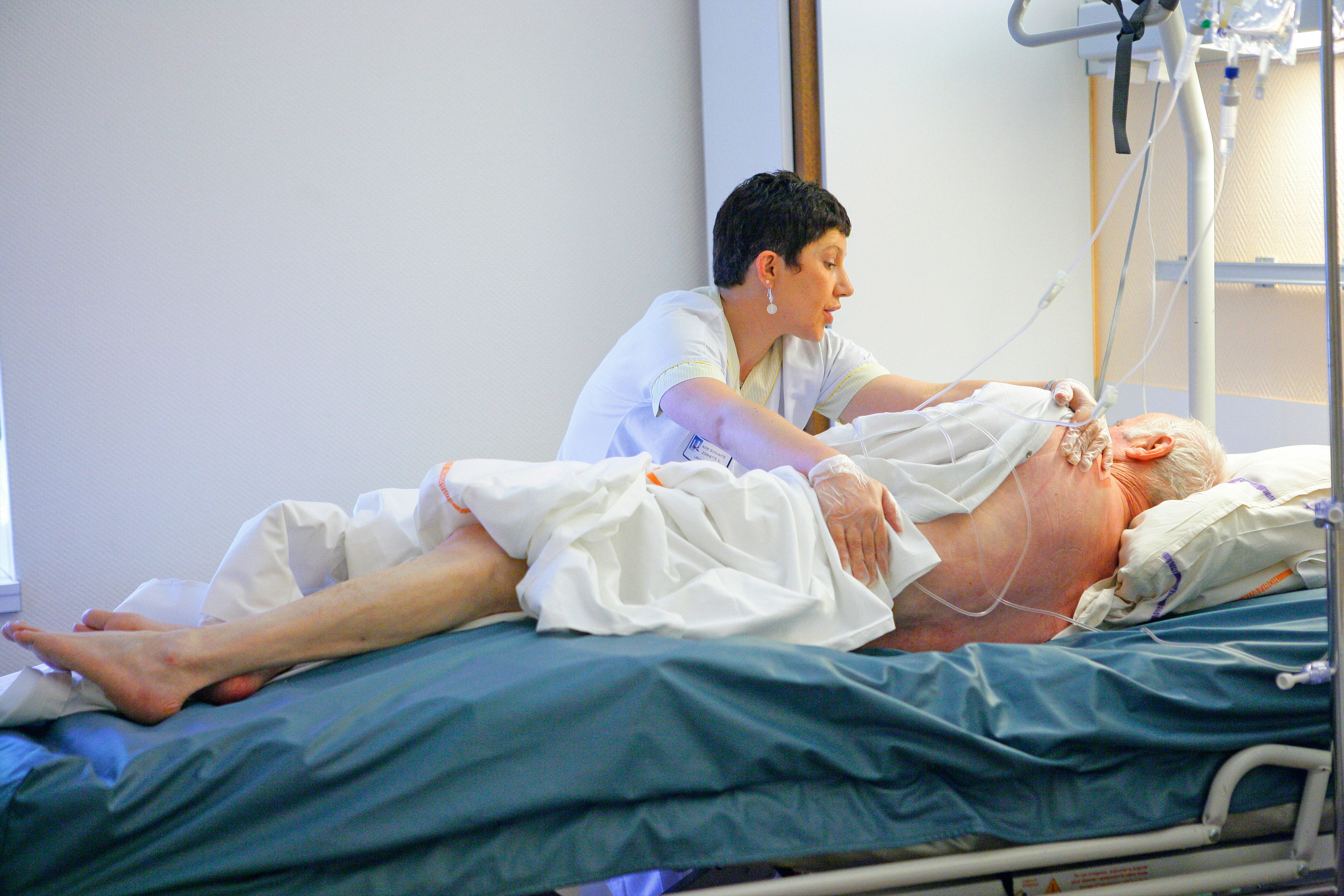Six Steps to Preventing Pressure Ulcers/Injuries

by the WoundSource Editors
Pressure ulcers/injuries are extremely prevalent, particularly in long-term and other care facilities, and primarily affect older adults, those with cognitive impairment, mobility issues or individuals who are bedfast. Understanding the best ways to prevent skin damage before it develops into a significant injury is critical to improving patient outcomes and reducing costs.1 This brief guide will introduce nurses and other health care professionals to pressure injury prevention best practices to reduce the risk of patients developing these preventable wounds.
Why Pressure Ulcer/Injury Prevention is Critical
Pressure injuries are very common in hospitals and long-term care facilities. In one recent survey, it was found that 26.7% of patients in a hospital had pressure injuries.2 The high rate of pressure injuries equates to significant time and resources spent on care and treatment. Some estimates place the cost of pressure injury treatment in the United States as high as $11.6 billion each year. This makes pressure injuries one of the most costly medical conditions.3 To reduce these costs and improve patient outcomes, it is important for nurses and other health care professionals to take a proactive approach focused on pressure injury prevention.
Interested in more information on pressure injury prevention? Click here.
By identifying at-risk patients and following best practices for pressure injury prevention, it may be possible to stop pressure injuries before they develop and reduce their impact if they occur. Below are six key steps you can take today to reduce a patient’s risk of developing a pressure injury:
1. Take initiative – The first step to making a facility-wide impact on pressure injury prevention is to work with key staff and stakeholders to develop a prevention initiative. It is important to make sure that all relevant stakeholders, including senior administration and all health care clinicians providing hands-on care, understand the importance of reducing the incidence of pressure injuries and the steps they need to take to prevent them. Circulating risk assessment and best practice literature can help ensure that the staff is well educated and prepared to move forward with the initiative.
2. Understand risk factors – Identifying at-risk patients is a critical component of pressure injury prevention. To treat patients effectively, it is important to know which to focus on. The elderly and individuals with diabetes or other conditions such as incontinence or mobilities issues are more likely to develop pressure injuries. Using a validated assessment tool, such as the Braden Scale, can help standardize this process. 4
3. Effective skin care – Cleansing and moisturizing skin using gentle, pH-balanced products can help reduce irritation and mitigate the impact of moisture-associated skin damage (MASD). This may provide both a palliative benefit and a reduction in pressure injury development for at-risk patients. 1
4. Nutrition – Nutrition can have a major impact on skin health. Albumin levels must be kept within a normal range to ensure skin integrity and prevent tearing. It is important for at-risk patients to receive sufficient protein and energy, as outlined by the National Pressure Ulcer Advisory Panel. 1
5. Prophylactic Dressings – Prophylactic dressings such as bordered foams, applied over bony areas and under medical devices, have been shown to reduce the risk of pressure ulcers/injuries. 5
6. Positioning – Pressure injuries are the result of sustained pressure on the skin, particularly in bony areas. This makes it extremely important that health care professionals regularly reposition immobile or at-risk individuals. It is also important to avoid putting undue stress or friction on skin while repositioning. 1 Use positioning devices, such as pillows and wedges, to offload. Implement appropriate pressure-redistributing mattress therapy and cushions for preventive measures.
By following these six steps and learning more about caring for at-risk individuals, health care professionals can begin taking action to reduce the rate of pressure injuries in their facility. Taking a proactive stance and working to fight these injuries before they develop are critical to reducing costs, workload, and complications for patients. 1
References:
1. National Pressure Ulcer Advisory Panel, European Pressure Ulcer Advisory Panel and Pan Pacific Pressure Injury Alliance. Prevention and Treatment of Pressure Ulcers: Quick Reference Guide. Emily Haesler, ed. Cambridge Media: Osborne Park, Western Australia; 2014.
2. Carson D, Witta K. Decreasing Hospital Acquired Pressure Ulcers by Focusing on Decreasing Moisture Associated Skin Damage. Nurses Improving Care for Healthsystem Elders (NICHE). http://www.nicheprogram.org/wp-content/uploads/2016/11/Solutions_skin_de…. Published 2007. Accessed October 24, 2017.
3. Berlowitz D, VanDeusen C, Parker V, et al. Preventing Pressure Ulcers in Hospitals: A Toolkit for Improving Quality of Care. Agency for Healthcare Research and Quality. https://www.ahrq.gov/sites/default/files/publications/files/putoolkit.pdf. Accessed October 12, 2017.
4. Primiano M, Friend M, McClure C, et al. Pressure Ulcer Prevalence and Risk Factors among Prolonged Surgical Procedures in the OR. AORN J. 2011 Dec;94(6):555-66. doi:10.1016/j.aorn.2011.03.014.
5. Byrne J, Nichols P, Sroczynski M, et al. Prophylactic Sacral Dressing for Pressure Ulcer Prevention in High-Risk Patients. Am J Crit Care. 2016 May;25(3):228-34. doi: 10.4037/ajcc2016979
About the Sponsor:
For over 155 years, Smith & Nephew has provided innovative solutions that help reduce the human and economic costs of wounds and help people regain their lives.
The views and opinions expressed in this blog are solely those of the author, and do not represent the views of WoundSource, Kestrel Health Information, Inc., its affiliates, or subsidiary companies.

